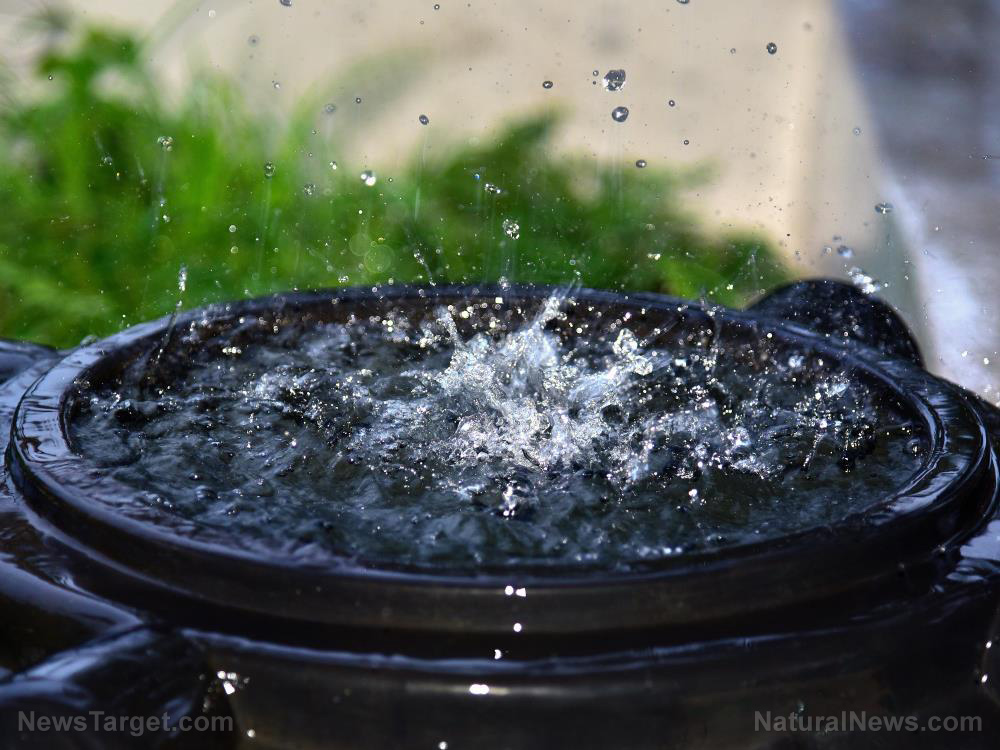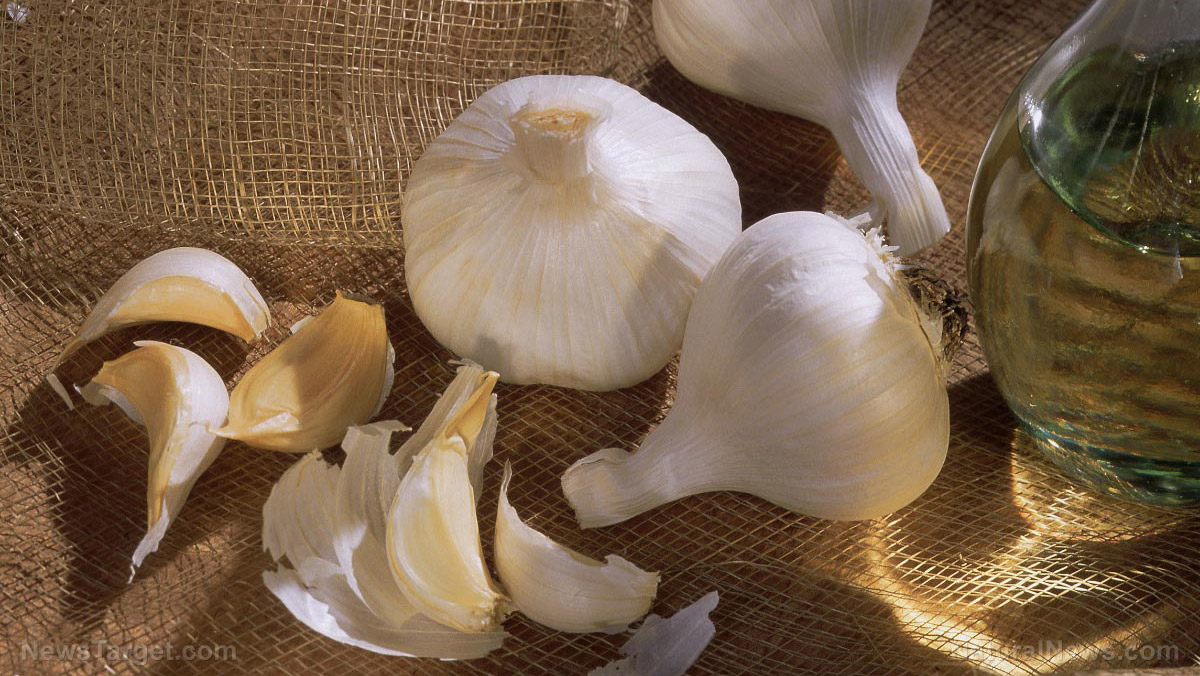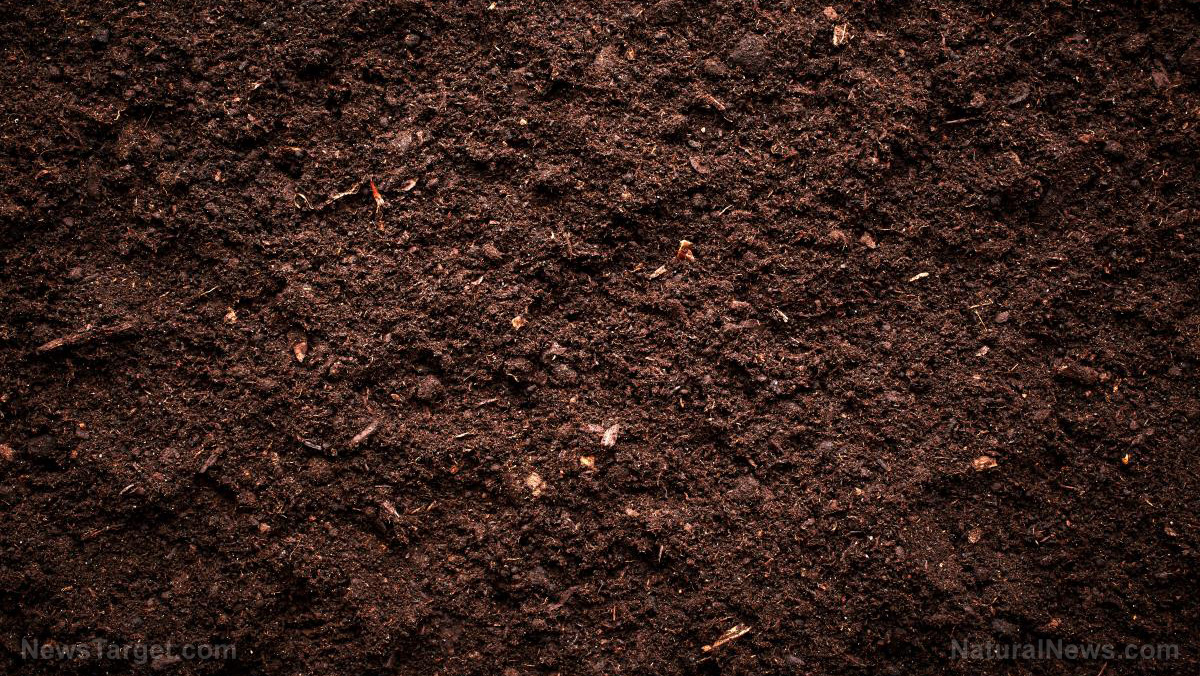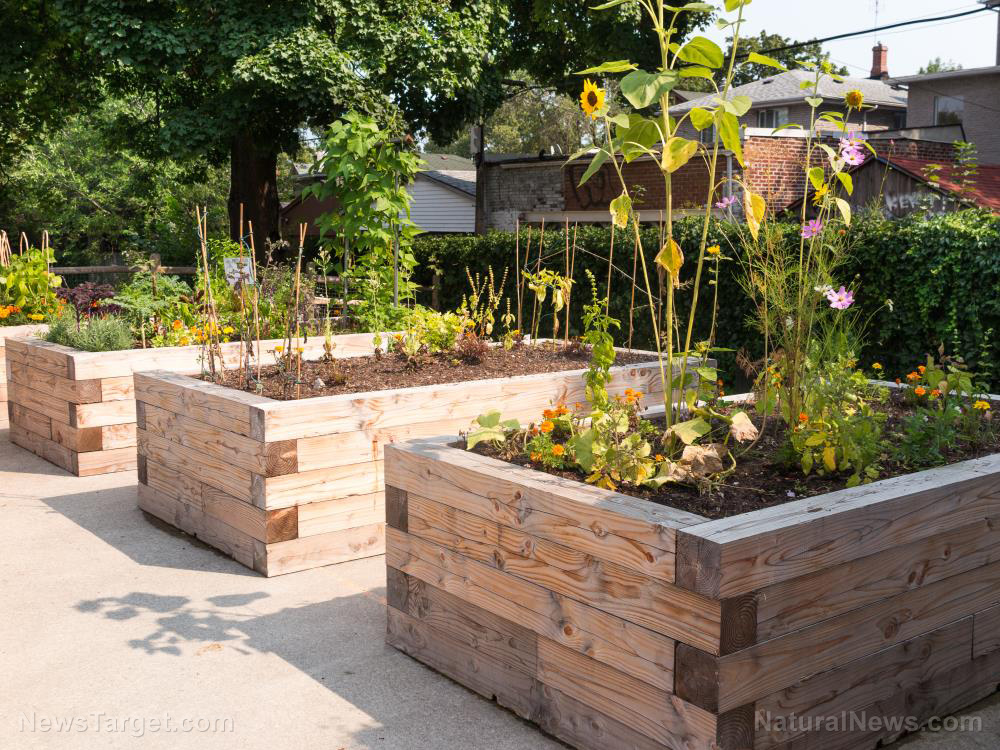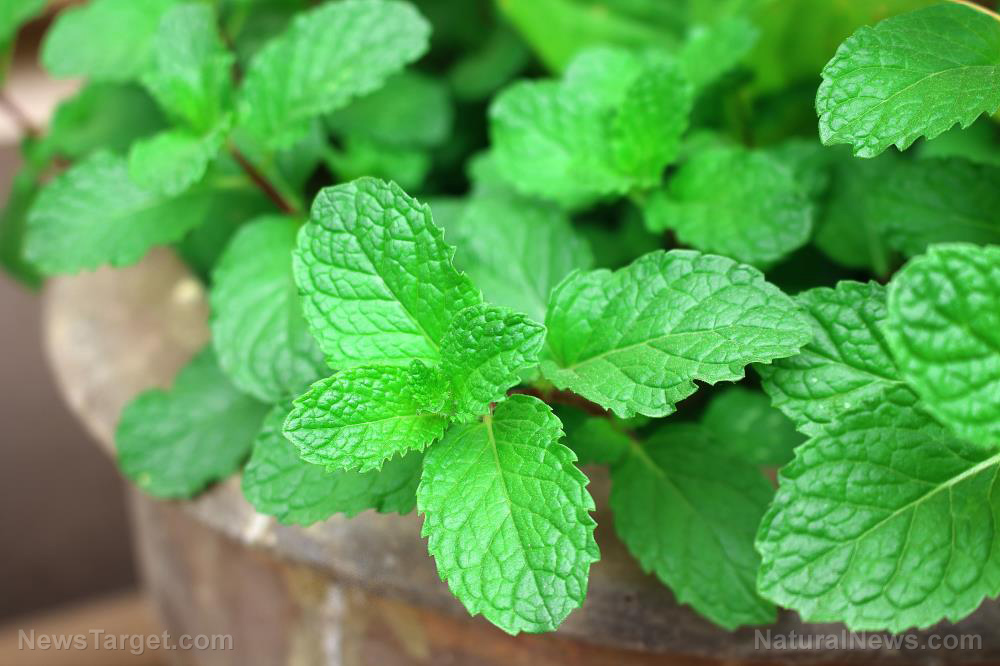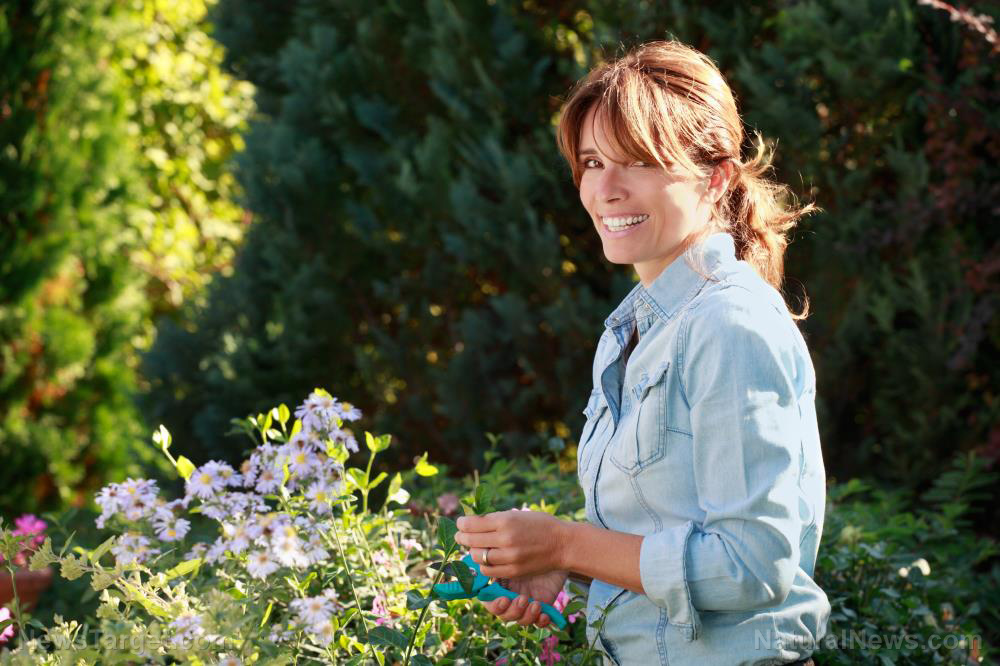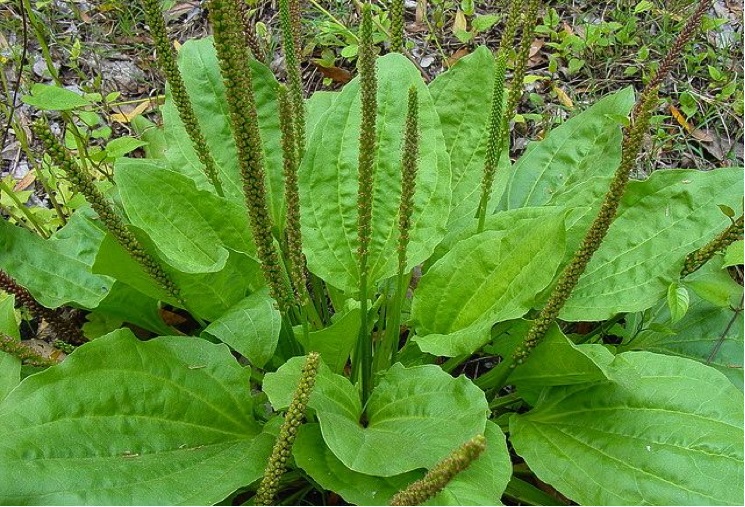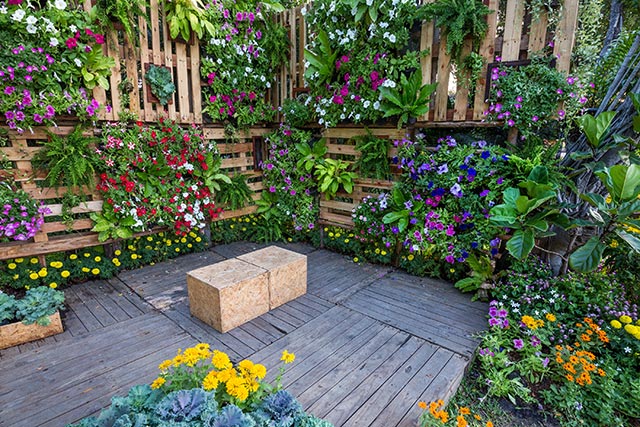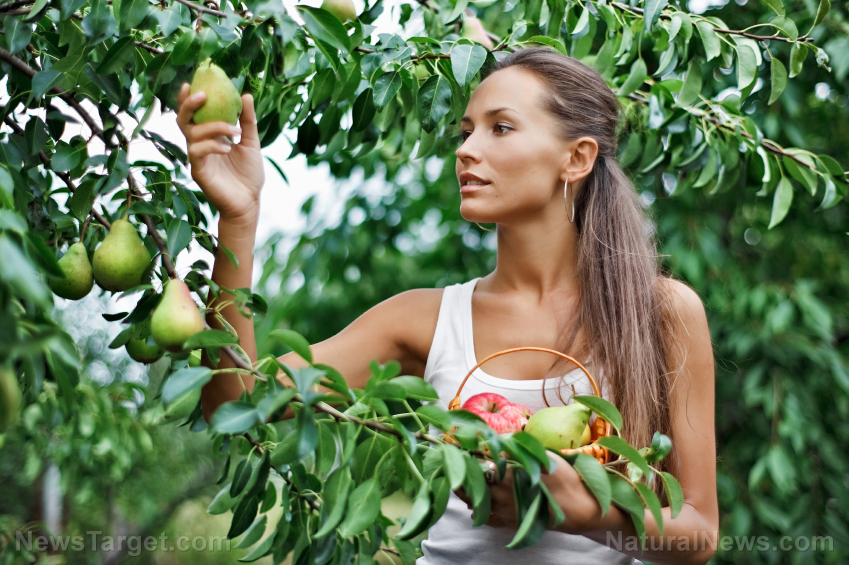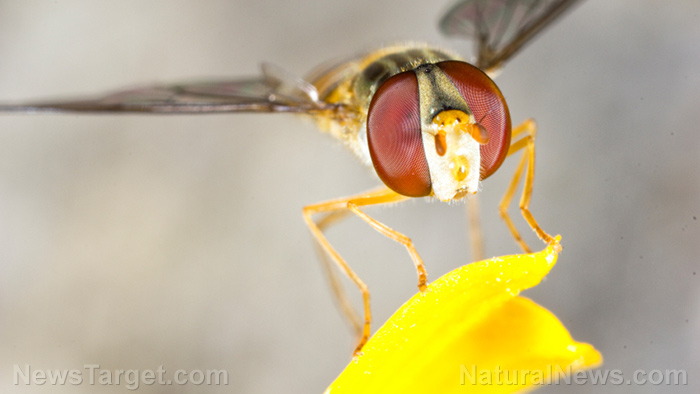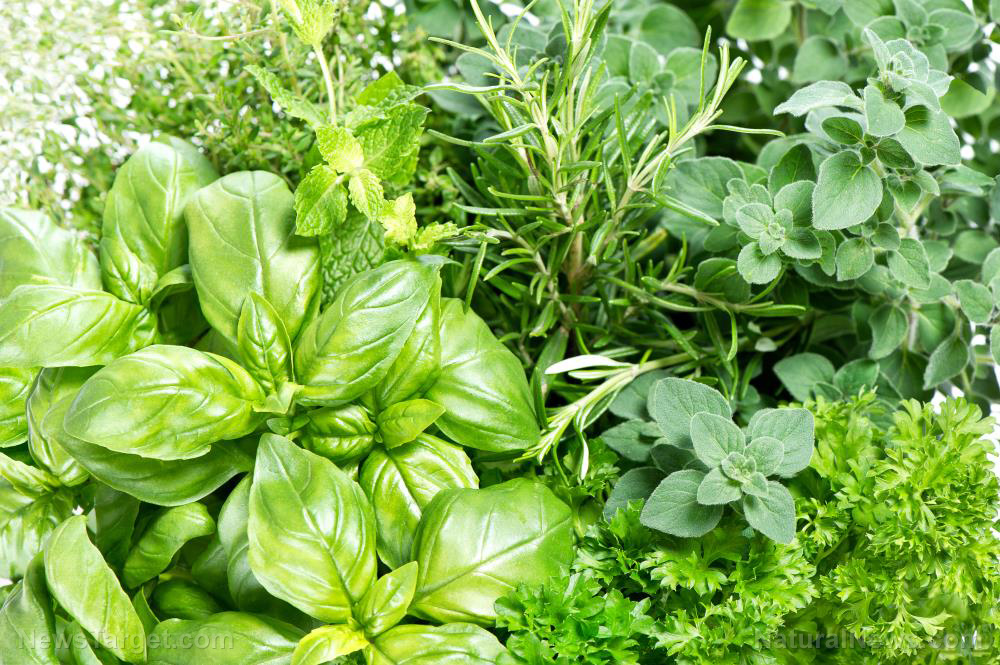A simple 5-step guide to starting your own vegetable garden
06/13/2018 / By Zoey Sky

If you have an empty plot of land in your backyard and you’re not sure what to do with it, why not turn it into your very own vegetable garden? Unlike a lawn, which is mostly ornamental, a vegetable garden can provide you with fresh produce.
With some hard work and a little research, you can soon start harvesting vegetables in your own backyard. (h/t to GoodHousekeeping.com.)
Vegetable gardening basics
If you’re worried that the soil in your backyard isn’t suitable for gardening, you can get the soil tested to determine its nutrients and deficiencies. Once you’ve confirmed that the soil is good for growing vegetables, don’t be afraid to get your hands dirty. (Related: 8 reasons why you should grow your own food.)
The best way to learn about gardening is through trial and error, so try a method that suits your needs and see if it works for you. Here is a simple five-step guide by Suze Bono, an accomplished gardener, to get you started on your vegetable garden:
- Plan the garden — Walk around in your backyard and mark where you’re going to place the seed beds. The measurements for your vegetable garden don’t have to be precise since you can change it as you go along. You just need a rough outline of the location, shape, and size of your garden.
- Till the soil — Get a garden tiller, then loosen and break up the mats of grass below the garden bed. You might have your work cut out for you if you have Bermuda grass in your backyard. If you don’t have the budget to buy a garden tiller (they can cost at least several hundred dollars), borrow or rent one instead.
- Turn the soil — Use a shovel to turn the soil. This will help unearth Bermuda grass roots and loosen up the hard-packed yard. Comb through the soil and use your hands to remove as much grass as you can. While this is the most time-consuming aspect of starting your own vegetable garden, it helps prevent the grass from sprouting again.
- Use worm castings — Worm castings, or worm waste, are a rich and natural fertilizer that can encourage plant growth and help the soil retain water. You can order worm castings online, buy it in garden stores, or make it yourself by composting using worms. It’s better to work in the worm castings as you turn and break up clumps of soil. If there aren’t that many earthworms in the soil, add a lot of castings. Check with your local garden store if you’re not sure how much of the worm castings you should use.
- Mulch the seed beds with straw — Once you’re done with the other steps, cover the garden beds with a foot of straw. After some rainy days, the straw will settle to at least four inches or so. The hay must be parted slowly when you sow seeds so the sun can shine directly on the soil. When the vegetables start to sprout and grow, add straw several times, especially when weeds start to show up. The heavy mulch will retain moisture so you won’t have to water as often. The mulch can also help encourage earthworms to stay closer to the surface, and it will keep any leafy greens clean because the soil won’t splash back up onto the leaves if it starts raining. If slugs start hiding out in the mulch, you can hand-pick them off at night. When picking off slugs, do this at night and use a headlamp. Just toss the slugs into a bucket with some soapy water. Plant some alliums in your vegetable garden to deter slugs from hiding in the mulch.
What to plant in your vegetable garden
Consider your family’s food preferences and the weather in your area when choosing from this list of plants that you can include in your backyard vegetable garden:
- Beets — Beets contain calories and various nutrients.
- Carrots — Carrots are root vegetables that are full of antioxidants, beta-carotene, fiber, and vitamins A, B8, C, and K.
- Corn — Technically a type of grain, corn is rich in carbohydrates, fiber, and protein.
- Potatoes — A staple in most vegetable gardens, potatoes are fairly easy to grow. They are also easy to store throughout the winter.
- Squash — Squash are vining crops that are easy to store. They are also rich in calories and nutrients.
- Tomatoes — Tomatoes are very easy to grow, and they can be preserved for later use via canning or freezing.
You can learn about other tips for starting your home garden at Homesteading.news.
Sources include:
Tagged Under: clean food, food, food supply, fresh produce, gardening, home garden, Homestead, homesteading, how to, off grid, organics, preparedness, prepper, prepping, self-reliance, self-sufficient, survival, survivalist, sustainable living, tips, urban garden, vegetable garden, vegetables


